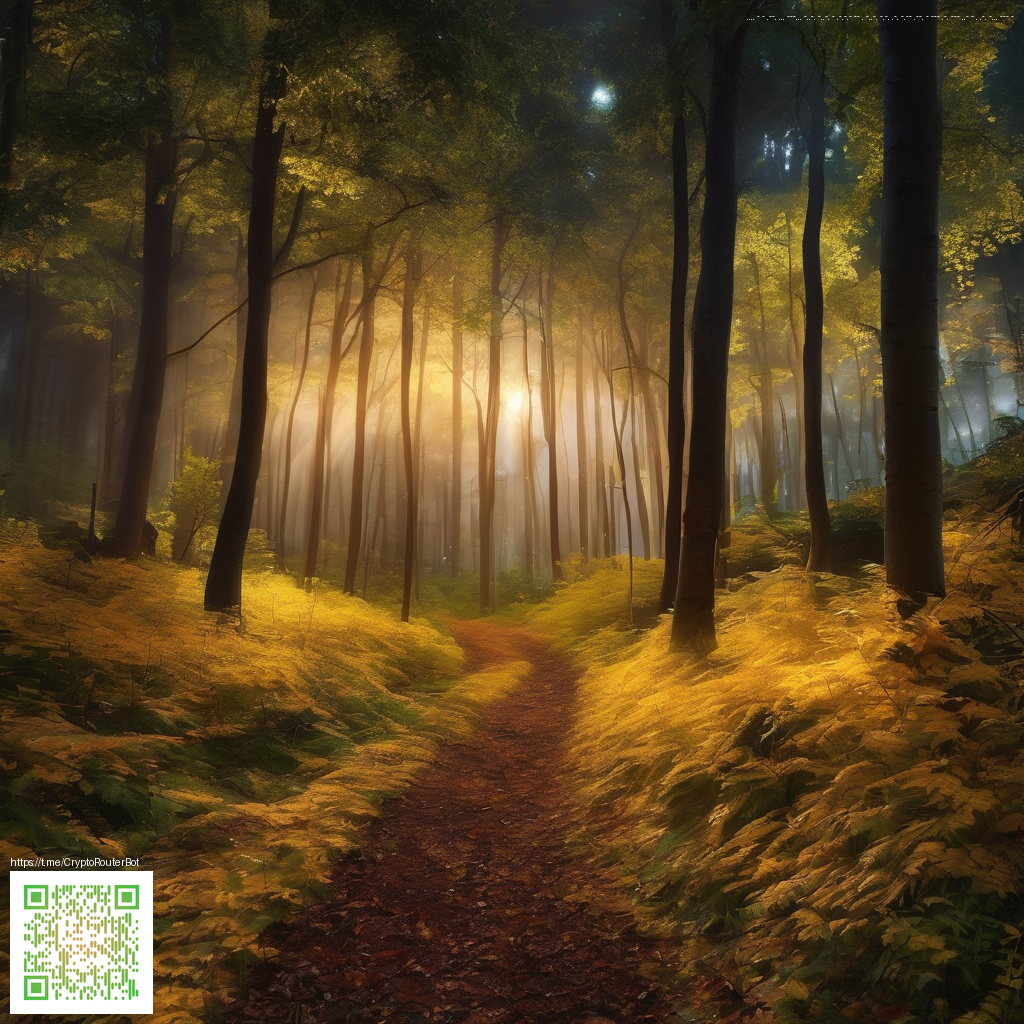
Shaping Depth on Flat Digital Textures
Flat textures often read as two-dimensional unless we coax depth out of them with light. The challenge isn’t simply adding more color or contrast; it’s orchestrating how shadows, highlights, and subtle shading tell a story about form. When done well, a seemingly smooth surface begins to breathe, inviting the viewer to lean in and inspect the micro-details that hint at weight, material, and intention.
Think of lighting as a sculptor’s hand. A cautious, directional light can carve the edges of a surface, while a gentle fill fills in the empty spaces to avoid a harsh, cardboard look. The goal is to create a believable gradient of light across the texture so that the flat pattern doesn't flatten into sameness. This is especially important for product visuals, where the texture must convey premium tactility even on a screen.
Key Techniques to Create Depth
- Directionality matters: Put the light source off to one side and slightly above. This creates a natural falloff that reveals creases, ridges, and micro-surface variations without overdriving the scene.
- Rim and edge lighting: A thin glow along the silhouette of the texture can separate it from the background, giving a sense of contour even on a flat plane.
- Gradient shading: Apply subtle radial or linear gradients to simulate a light falloff. This technique is particularly effective for digital textures that repeat or tile, as it prevents uniformity from flattening perception.
- Micro-contrast and detail: Use a touch of high-frequency sharpening or micro-contrast adjustments to bring out the fine grain without introducing noise that disrupts the overall mood.
- Specular and roughness control: Adjust where the surface catches highlights. Specular maps can mimic glossy finishes, while roughness maps keep other areas matte, creating a tactile balance.
- Ambient occlusion hints: Subtle occlusion around creases or seams can ground a texture in space, making it feel anchored rather than floating.
As you apply these techniques, remember color plays a supporting role. Warm shadows can imply a cozy surface, while cooler tones may suggest a sleek, modern material. The interplay between hue, saturation, and brightness helps to communicate material type—plastic, glass, metal, or fabric—without needing to physically alter the texture itself.
Light is the sculptor of surface; shadows are its voice, speaking softly about volume and touch.
From a practical standpoint, most designers start with a clean, neutral base texture and layer lighting in stages. Begin with a diffuse pass to establish the general tone, then add directional light to carve form, followed by ambient occlusion for grounding, and finally subtle specular tweaks to suggest a finish. This approach keeps the image cohesive while still delivering the drama that viewers expect from high-quality visuals.
For product-driven storytelling, the Neon phone case with card holder MagSafe card storage provides a concrete case study. Even with a bold neon palette and a modern hardware silhouette, careful shading and highlight placement elevate the perceived tactility and value. When you translate these lessons to your own textures, you’ll notice items feel more tangible, more premium, and more ready for close-up scrutiny.
When browsing references, you might also explore how other visuals handle flat textures. A concise resource page at the following link offers a compact look at applying depth cues in digital renderings: https://area-53.zero-static.xyz/9cbde02d.html.
If you’re crafting this work for a storefront or digital catalog, think about how the lighting interacts with the product’s real-world material. A glossy case, for instance, will showcase crisp specular highlights along its curves, while a soft matte surface benefits from broader, diffused light to reveal texture without glare. The balance between these elements can make the difference between a flat mockup and a believable, tactile presentation.
In practice, you’ll rarely rely on a single shot or single light setup. Build a small library of lighting scenarios—edge-lit, top-lit, and a soft front light—and compare how the texture responds. Over time, you’ll discover which cues most strongly communicate materiality for your audience, whether they’re consumers browsing a product page or creative directors evaluating a concept board.